Aquatic biodiversity includes all organisms living in fresh water and marine water. These aquatic organisms contribute to (I) food (II) medicine and other industrial use of mankind. Use of fish and growing of fish and fishing have been a common practice in many countries since time immemorial. Due to advancement of science many techniques have been invented and is studied separately as aquaculture technology providing necessary technology to the farmers for the benefits of the society in particular. These are namely: (i) Food production-particularly of animal protein obtained for common as well as effluent people; (ii) Providing new employment opportunity to rural people thereby checking migration of people; (iii) Improving economic condition of rural people in particular through integrated projects; (iv) Earning foreign exchange; (v) Utilization of waste food and organic wastes for food production; (vi) Agro-industrial development through marketing of fishery products, feeds and equipments for aquaculture, sea weed culture for production of marine colloids, pearl oyster culture, etc. Keeping in view the importance of aquatic organisms in shaping the nation's economy the present volume intends to highlight some important aspects of aquatic biodiversity.
Aquatic Biodiversity
In stock
Free & Quick Delivery Worldwide
Bibliographic information
Title
Aquatic Biodiversity
Author
Edition
1st ed.
Publisher
ISBN
9788183566377
Length
214p., Maps; 23cm.
Subjects


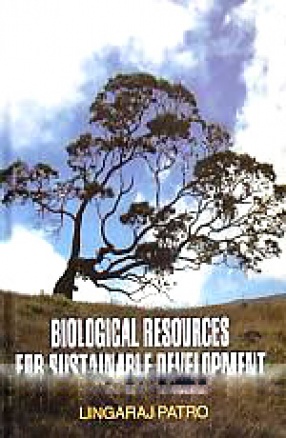

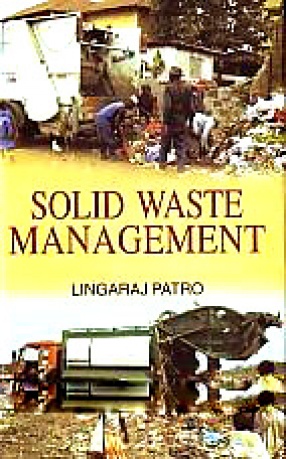
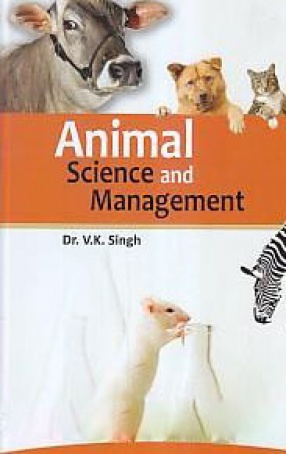
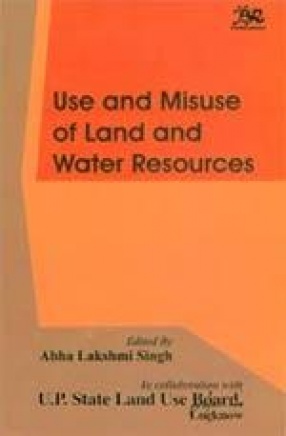
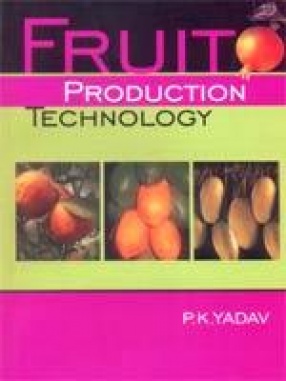
There are no reviews yet.